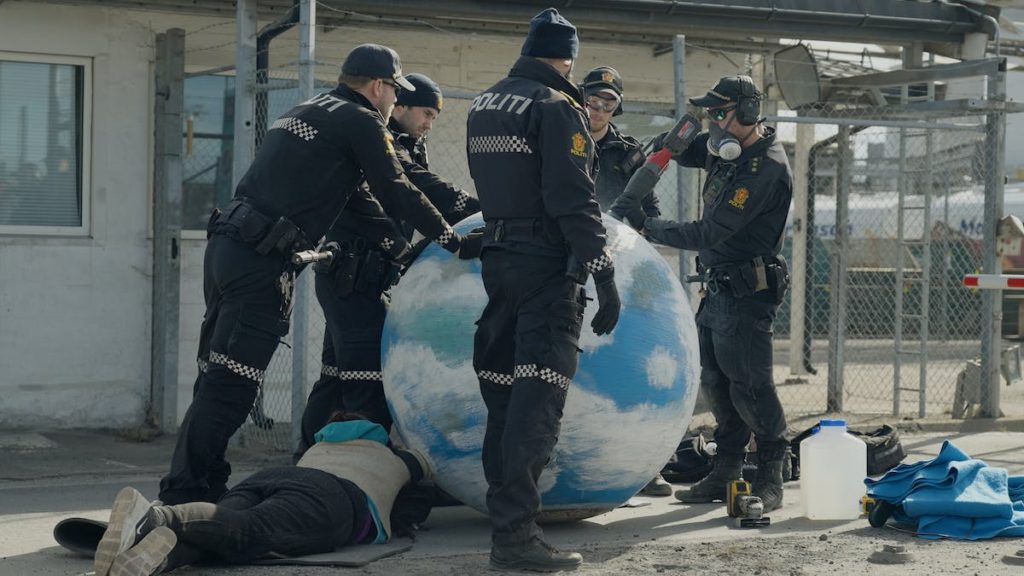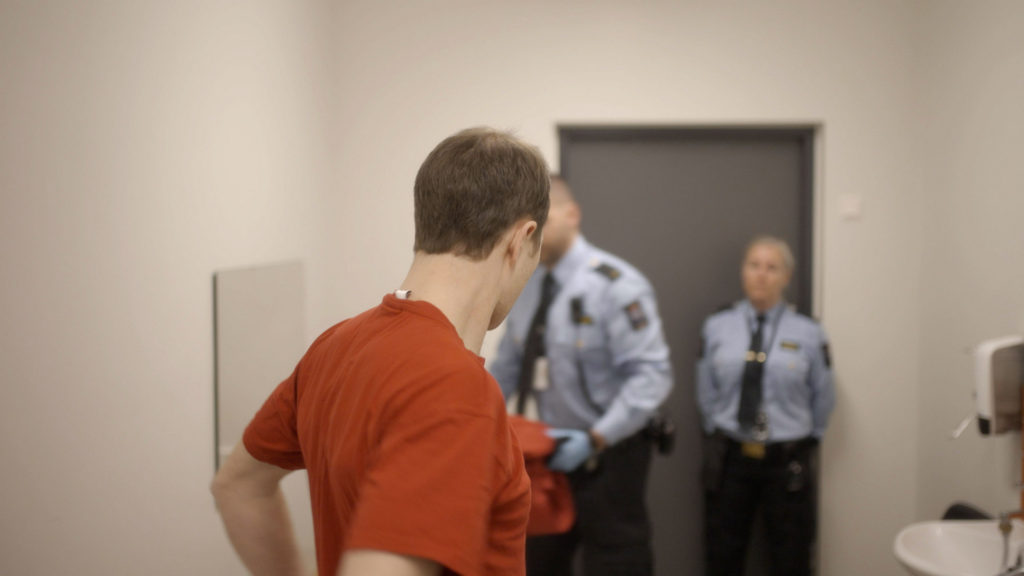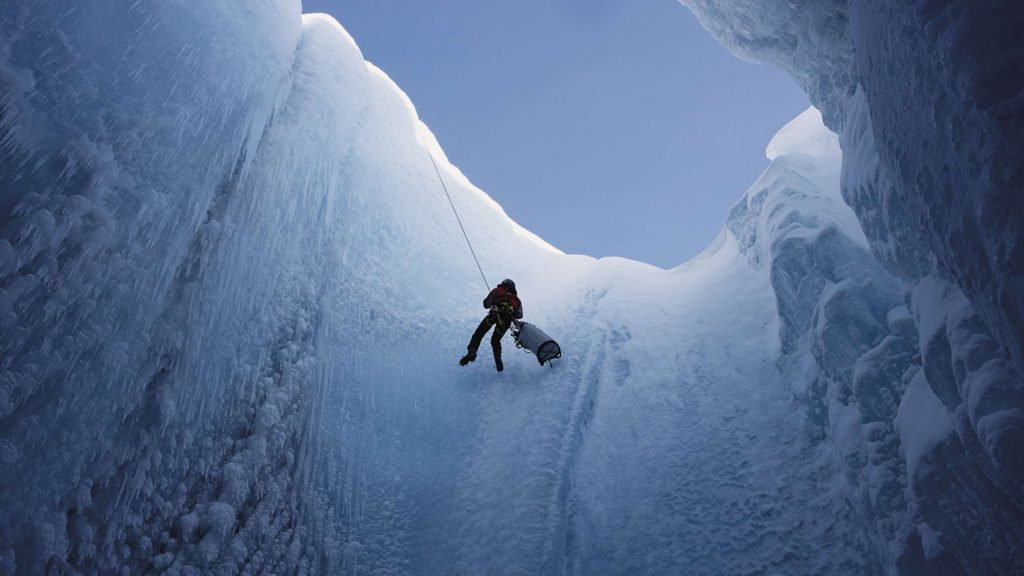Bergen International Film Festival: A Selection of Documentaries
It might seem hopelessly naive, but I go to films to find out about the world and going to film festivals doubles down on the mission. When given the chance to attend the Bergen International Film Festival, I wanted to explore the program, but I also wanted to explore the town and the area. I’d been to Norway once before – to Tromso to be precise – and I was curious to see more of the country and experience its culture. By its culture I don’t mean folk dances and dialects, I mean its supermarkets and breakfast buffets, the way people interact with you, the small talk and the local news channels on the radio. What I came away with was a no-doubt superficial feel for the country. A country that is courteous, assumes a very high level of honesty, brusque, expensive, very very sober or very very drunk. The latter neatly summarised by the beautiful gender neutral bathroom in the Kino where someone had been sick in the sink.
Å Stille seg i veien (To Stand in the Way)

Extinction Rebellion have recently made the news with a series of high profile stunts – throwing soup at Vincent van Gogh’s “Sunflowers” in the National Gallery in London and mashed potatoes at a Monet painting in Munich. Through shock tactics and apparent acts of vandalism the media and the public are forced to pay attention to the ongoing planetary vandalism which is now posing an existential threat to our lives and society. I for one was roundly unimpressed the way only a radical entering his 51st year of relative material comfort can be. Why don’t you protest at oil refineries and the like? Even gesturing towards the destruction of works of art (they were apparently undamaged) feels deeply wrong. But I’ve changed my mind after watching Thomas Østbye’s documentary. Here he has presented an intimate view of a group of climate activists taking direct action, in the hope of curbing Norwegian CO2 emissions. We see the group, whose ages span from teenagers to grandparents, chaining themselves to trains and railway tracks, blocking refineries and ports, and glueing their arms into large models of the world. Seeking to cause disruption and increase visibility of the problem, they risk arrest and physical harm. They disrupt their own lives. The police are initially sympathetic and polite but an antiterrorist unit is brought in and the atmosphere changes. Østbye himself is arrested and the closing of the police van’s doors is filmed from within the van as the scared protesters find themselves suddenly alone and cut off from the world they’re trying to save. And here it is. All of that effort and sacrifice, personal, psychological and physical, does nothing. The disruption can easily be swept aside by the forces of order and has zero impact on the oil companies and the pro extraction politicians. The movement is a fire alarm. And a fire alarm cannot be nuanced, ambivalent, considered, polite, unobtrusive. It has to be shrill, annoying, aggravating, loud. Above all, loud.
Ikke En Sånn Fyr (Not That Kind of Guy)

In the aftermath of the MeToo movement, it takes a truly brave filmmaker of extraordinary empathy to ask the question: yes, but what about the rapists? Signe Rosenlund-Hauglid’s film takes the cases of three young men who were found guilty of date rape. Alcohol was involved and the crimes took place at parties or immediately after them. Using reconstructions with actors of the interviews, the film gives the perspective of the men, their shock at the accusations, the interrogations and then the arrests and court cases. Their justifications are largely to do with how they don’t recognise themselves in their crimes, and their horror at being labelled as rapists. Rosenlund-Hauglid – herself a rape survivor – allows the men space to express themselves, but challenges them as well, especially when one begins to claim that some accusations of rape are instigated in order to reap financial compensation. What comes across is that these men are themselves to some extent – and (I want to be clear) to a much lesser extent – victims of their own crimes, and their own inability to see their actions as consequential and wrong. Ultimately, it is the culture and environment of male entitlement which needs to be challenged along with individual cases such as there. The circle of empathy can be extended and the possibility of learning and healing should always be allowed if we are to go forward.
Rejsen Til Isens Indre (Into the Ice)

Danish filmmaker Lars Henrik Ostenfeld goes to the frontline of climate change, travelling to the glacier which covers most of Greenland to follow and document the work of three scientists: Jason Box, Dorthe Dahl-Jensen and Alun Hubbard who themselves are studying the speed and movement the better to understand the impact of global warming. Each is in their own way an eccentric mix of romantic adventurer, hardheaded scientist and Old Testament prophet. Box does his sub zero yoga and smokes his cigarello, Dahl-Jensen cares for her ice cores with a mix of gratification and horror and Hubbard, the most swashbuckling of the trio, rappels into the huge holes that have formed in the ice to see if there is meltwater at the bottom even in the depths of winter. As with the climate protesters, this work comes at a high price. Lives are dedicated, and family life sacrificed. During the filming Box’s mentor goes missing and is soon believed dead, having fallen through a crevasse. The terrain is dangerous in itself, but the main danger is from its disappearance. In a break with many climate emergency documentaries, the scientists appear much less hopeful. ‘We’re pissing into the wind,’ as Hubbard bluntly puts it. No one seems to be paying much attention even as their worst case scenarios seem likelier than ever. The danger is that Ostenfeld’s film and films like it are beginning to feel less like calls to action and more like postmortems.
















